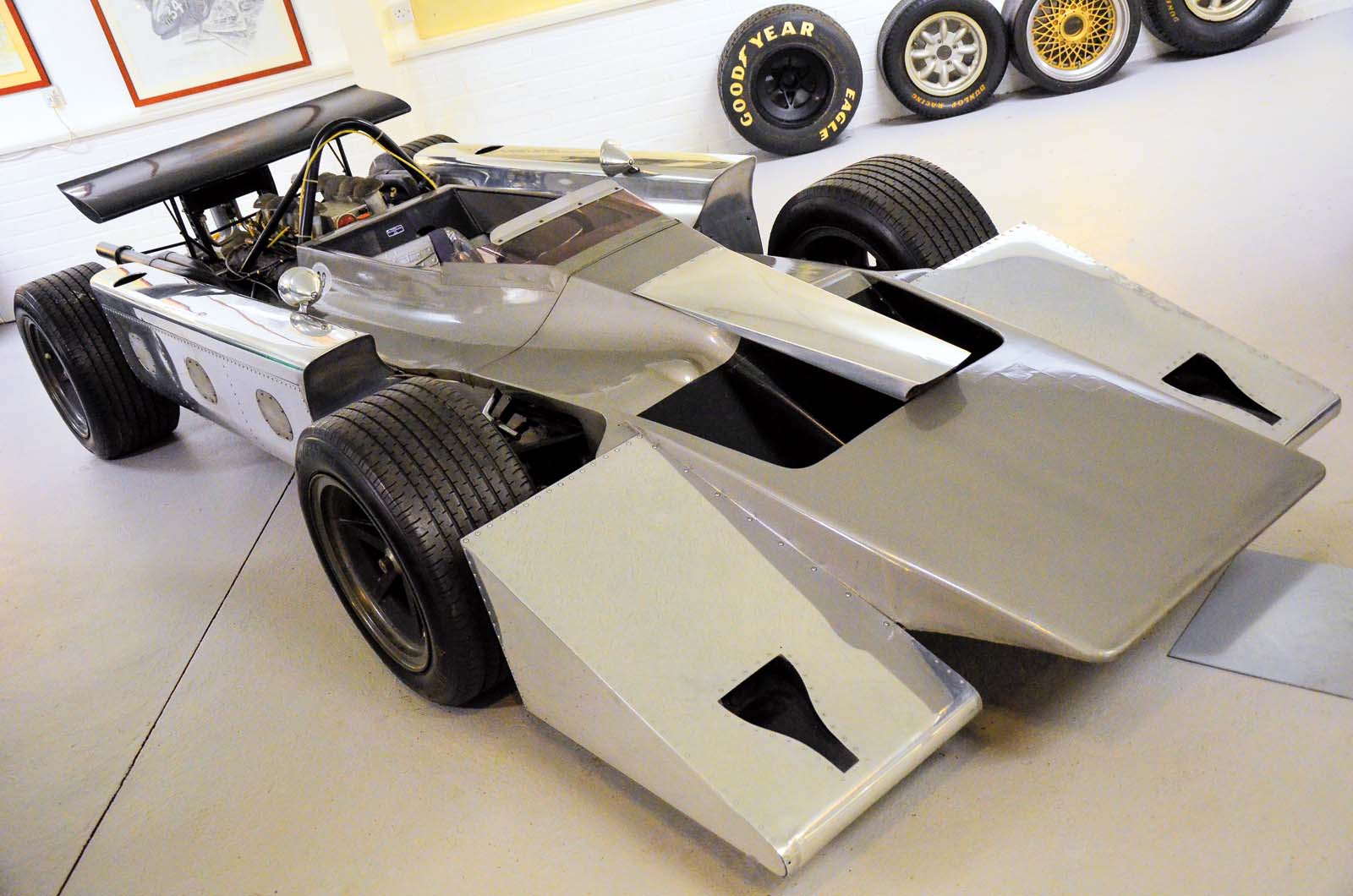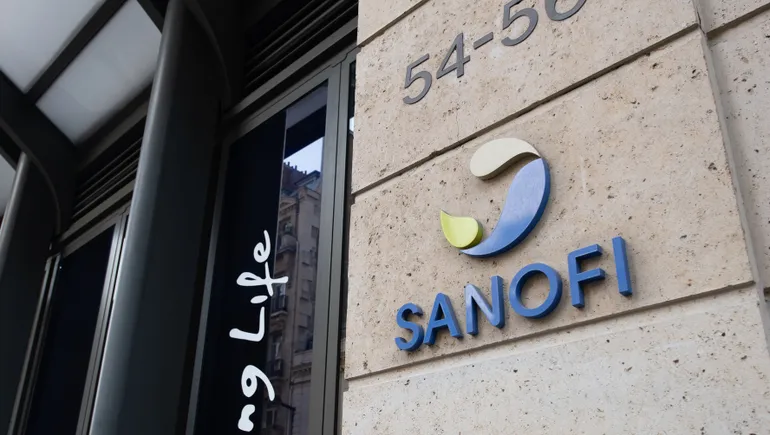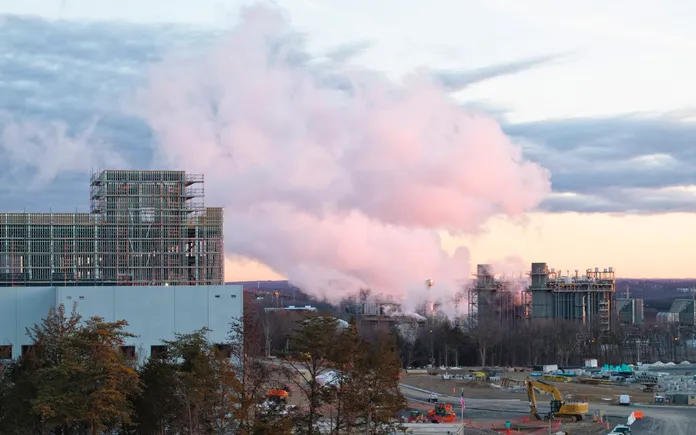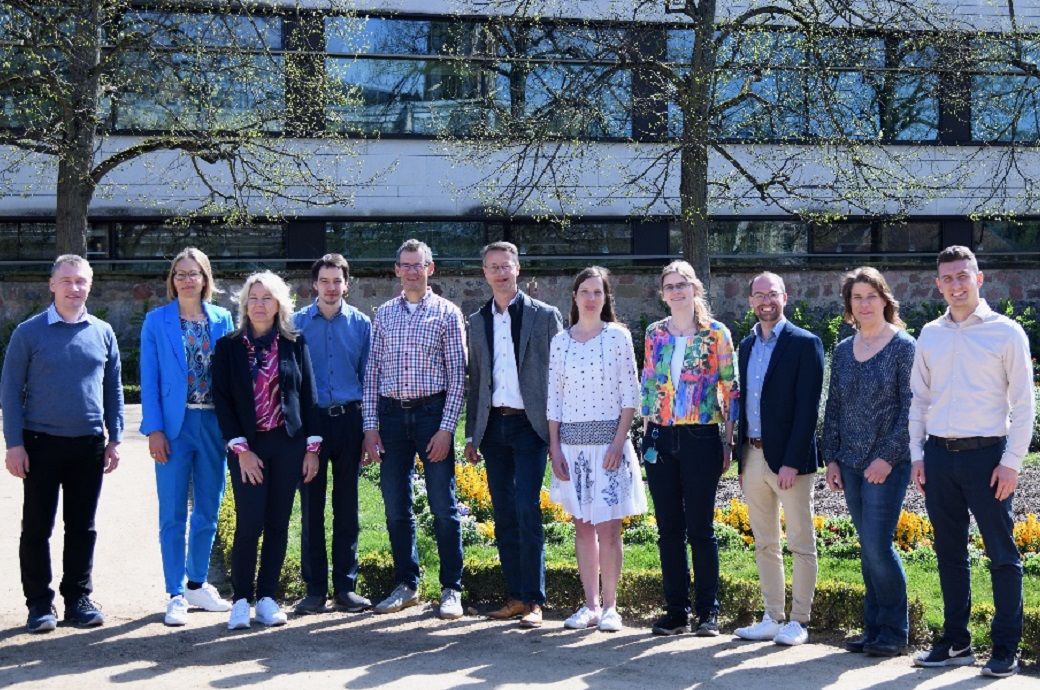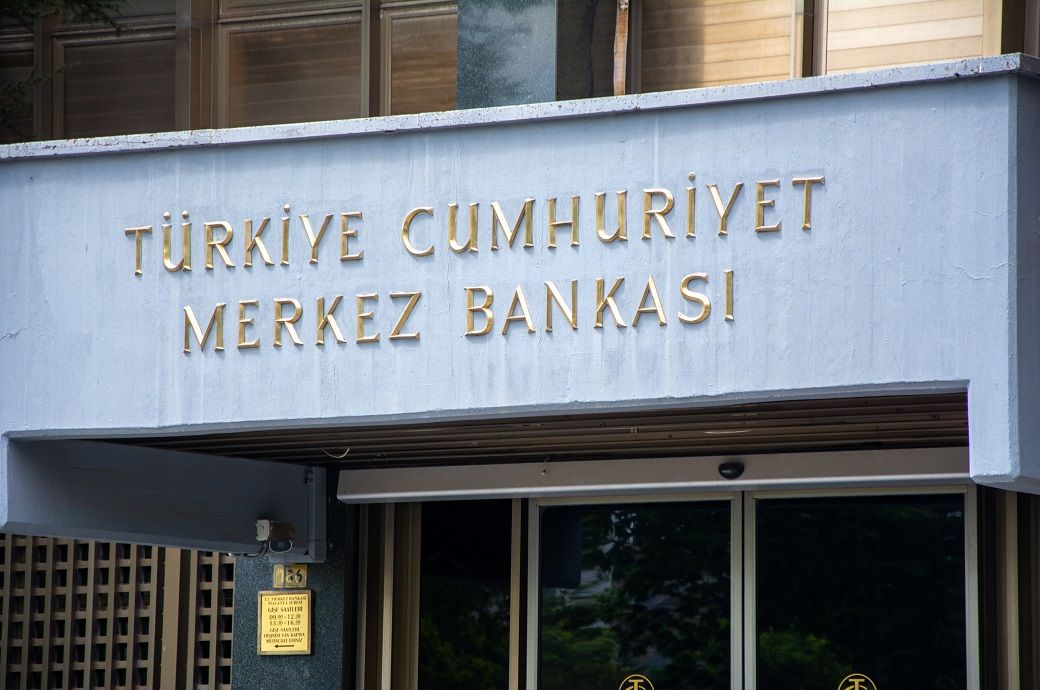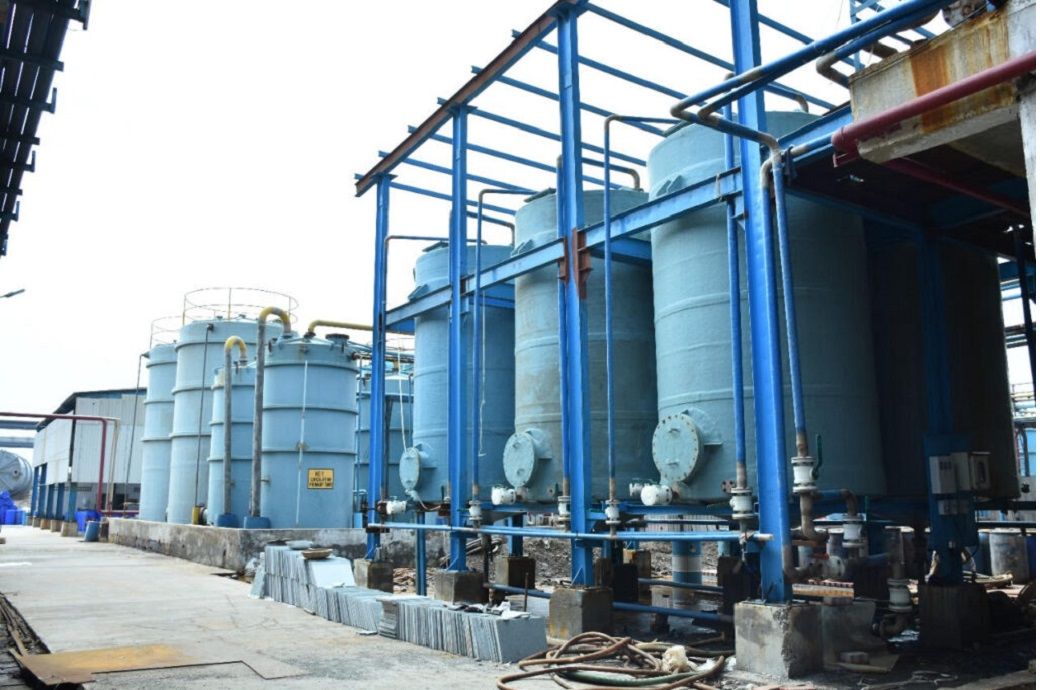Ultrahigh‐Pressure Structural Modification in BiCuSeO Ceramics: Dense Dislocations and Exceptional Thermoelectric Performance
Advanced Energy Materials, Volume 15, Issue 8, February 25, 2025.

Ultrahigh-pressure technology is employed to achieve high-density dislocations of ≈9.1 × 1016 m−2 in BiCuSeO ceramics. The mechanisms underpinning dislocation nucleation and multiplication under gigapascal pressure are investigated. Benefiting from dense dislocations enabled by ultrahigh pressure, a low lattice thermal conductivity of 0.13 Wm−1 K−1 is achieved at 767 K, resulting in a record-high thermoelectric figure-of-merit (zT) of 1.69 for BiCuSeO-based ceramics.
Abstract
Dislocations as line defects in crystalline solids play a crucial role in controlling the mechanical and functional properties of materials. Yet, for functional ceramic oxides, it is very difficult to introduce dense dislocations because of the strong chemical bonds. In this work, the introduction of high-density dislocations is demonstrated by ultrahigh-pressure sintering into a typical ceramic oxide, BiCuSeO, for thermoelectric applications. The ultrahigh-pressure induces shear stresses that surpass the critical strength for dislocation nucleation, followed by dislocation glide and profuse multiplication, leading to a high dislocation density of ≈9.1 × 1016 m−2 in Bi0.96Pb0.04CuSeO ceramic. These dislocations greatly suppress the phonon transport to reduce the lattice thermal conductivity, reaching 0.13 Wm−1 K−1 at 767 K and resulting in a record-high zT of 1.69 in this oxide thermoelectric ceramic. This study demonstrates the feasibility of generating dense dislocations in ceramic oxides via ultrahigh-pressure sintering for tuning functional properties.


















